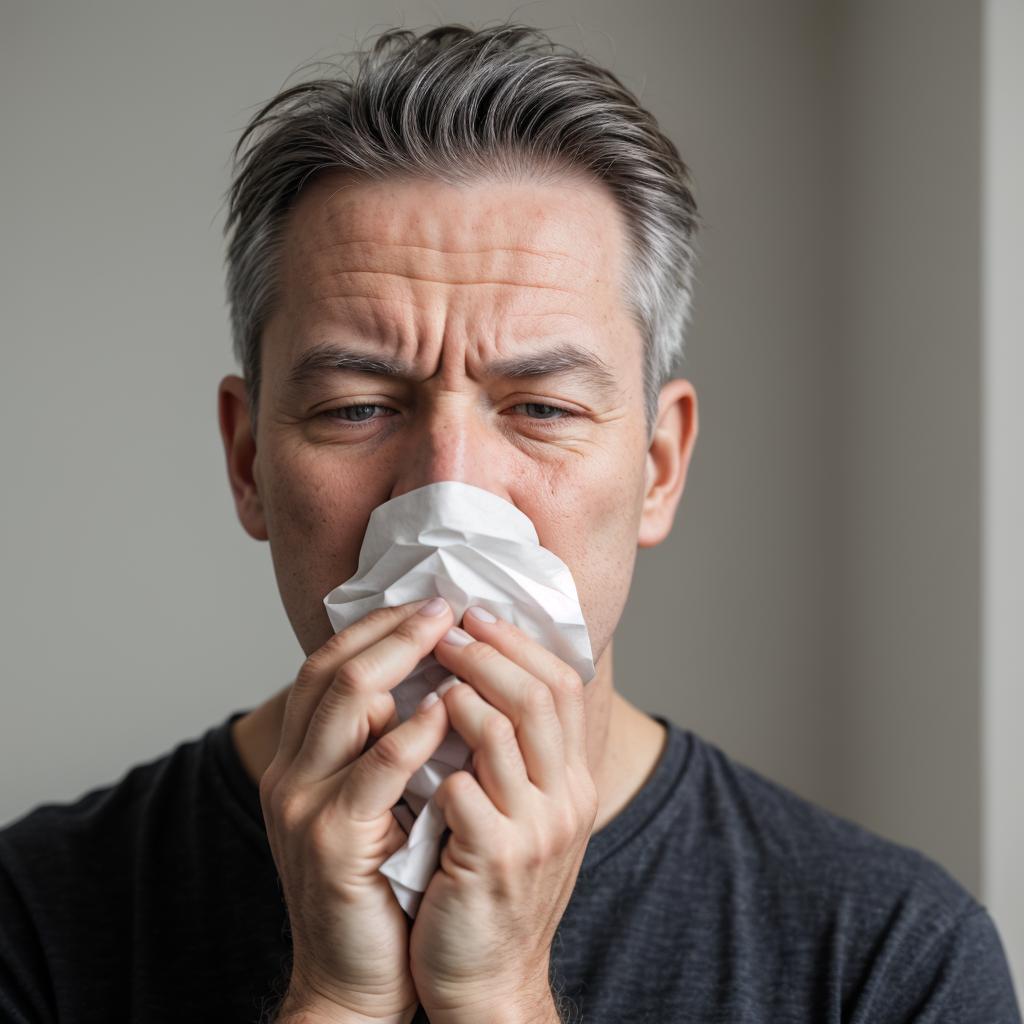
Cold urticaria, commonly known as allergy to cold, is a rare but potentially serious condition where exposure to cold temperatures triggers an allergic response in the body.
While it might sound peculiar, this condition can significantly impact individuals’ daily lives, especially during colder months or in regions with frigid climates. In this article, we’ll delve into the mechanisms, symptoms, diagnosis, and management of cold urticaria.

Mechanism of cold urticaria
Cold urticaria occurs when the skin is exposed to cold temperatures, causing the immune system to release histamines and other chemicals into the bloodstream. This release leads to the characteristic symptoms of hives, itching, redness, and swelling in the affected areas. In severe cases, exposure to cold can induce systemic reactions such as difficulty breathing, fainting, or even shock.
Symptoms
The symptoms of cold urticaria typically manifest within minutes of exposure to cold air, water, or objects. They may include:
Itchy, red, or swollen skin (hives)
A burning sensation on the skin
Swelling of the lips, tongue, or throat
Headaches or dizziness
In severe cases, difficulty breathing or loss of consciousness
Diagnosis
Diagnosing cold urticaria usually involves a combination of medical history, physical examination, and specialized tests. A doctor may perform a cold stimulation test, where a small ice cube is placed on the skin to observe any allergic reaction. Blood tests, such as the cold stimulation test or immunoglobulin levels, may also be conducted to confirm the diagnosis.
Management and treatment
Unfortunately, there is no cure for cold urticaria. However, several strategies can help manage symptoms and reduce the risk of severe reactions:
Avoidance of cold temperatures: Individuals with cold urticaria should dress warmly, especially in cold weather, and avoid prolonged exposure to cold environments.
Antihistamines: Over-the-counter or prescription antihistamines can help alleviate itching and reduce the severity of hives.
Epinephrine autoinjector: In cases of severe reactions, individuals may need to carry an epinephrine autoinjector (EpiPen) to counteract anaphylaxis.
Immunotherapy: In some cases, allergen immunotherapy may be recommended to desensitize the body’s response to cold temperatures.
Living with cold urticaria
Living with cold urticaria can be challenging, particularly in climates where cold weather is prevalent. Individuals with this condition must take proactive measures to avoid triggers and manage symptoms effectively. Additionally, educating family members, friends, and coworkers about the condition can help create a supportive environment and reduce the risk of accidental exposure to cold.
Cold urticaria is a unique allergic condition characterized by an abnormal reaction to cold temperatures. While it can be disruptive and potentially dangerous, with proper management and precautions, individuals with cold urticaria can lead fulfilling lives. By understanding the symptoms, diagnosis, and treatment options available, both patients and healthcare providers can work together to effectively manage this rare condition and improve quality of life.



